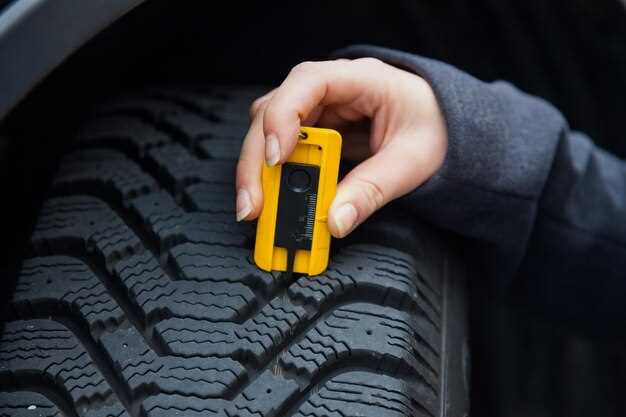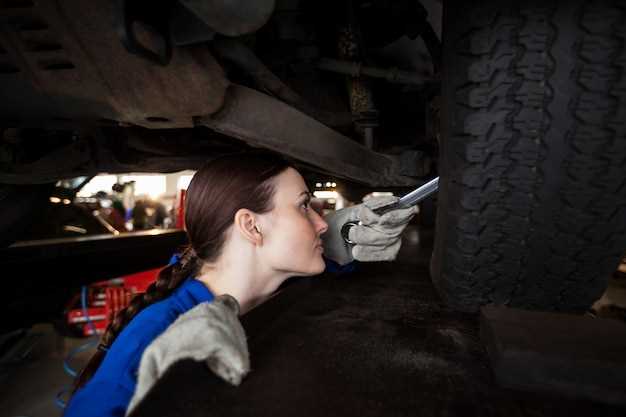
Owning a quad is not just about the thrill of riding; it also comes with the responsibility of regular maintenance to ensure performance and longevity. Routine care is paramount for keeping your vehicle in optimal condition, minimizing wear and preventing costly repairs down the line. Understanding the essential maintenance practices can make all the difference in the overall experience of quad ownership.
Taking the time to implement a consistent maintenance schedule is crucial. This involves checking fluid levels, inspecting tires, and ensuring that all mechanical parts are functioning correctly. Regular attention to these elements can help identify potential issues early, saving you time and money in the long run. The right care routine transforms your quad from merely a recreational vehicle into a reliable partner for your outdoor adventures.
Emphasizing preventive measures, such as cleaning and lubrication of moving parts, can enhance the performance of your quad significantly. Additionally, awareness of seasonal changes and adjusting your maintenance tasks accordingly is essential. By doing so, you ensure that your vehicle is well-prepared for various conditions, ultimately leading to a smoother and safer ride.
Essential Fluid Checks for Optimal Performance
Regular fluid checks are vital for maintaining your four-wheel vehicle’s performance and longevity. The following fluids require consistent attention and care to ensure optimal functionality.
First and foremost is the engine oil. It lubricates the engine components, reducing wear and tear. Check the oil level regularly, and change it according to your service schedule or when it appears dark and gritty. Fresh oil not only aids in smoother engine operation but also enhances efficiency.
Next, transmission fluid plays a crucial role in the seamless shifting of gears. Low levels can lead to transmission issues, so inspect this fluid regularly. If it appears burnt or has a strange odor, it’s time for a change.
Brake fluid is another essential that often goes overlooked. It ensures the braking system functions properly. Inspect its level and quality, as old or contaminated fluid can compromise braking performance and safety.
Coolant is necessary to regulate engine temperature and prevent overheating. Be sure to check the coolant level in your radiator and reservoir periodically. Replacing old coolant helps maintain an efficient cooling system.
Lastly, power steering fluid facilitates smooth steering. Low levels can result in difficulty steering and increased wear on components. Check this fluid regularly and fill it as necessary to ensure responsive handling.
In conclusion, adhering to a regular maintenance routine that includes fluid checks can significantly extend the life of your quad vehicle and enhance its performance. Prioritize these checks as part of your service to ensure reliability on every ride.
Routine Tire Inspection and Care Procedures

Regular tire inspection and care are essential for ensuring the safety and longevity of your four-wheel vehicle. Implementing a routine check can prevent complications on the road and enhance overall performance. Start by examining tire pressure with a reliable gauge. Maintaining proper inflation levels is crucial for optimal handling, fuel efficiency, and reducing wear. Check the manufacturer’s recommended PSI and adjust as necessary.
Next, evaluate the tread depth. A simple way to gauge this is by using the penny test. Insert a penny into the tread with Lincoln’s head down. If you can see the top of his head clearly, it’s time to replace your tires. Adequate tread depth promotes better traction and reduces the risk of hydroplaning.
Another important aspect of routine tire care is the visual inspection for any signs of damage, such as cuts, cracks, or bulges. These issues can arise from road hazards, and addressing them promptly can prevent blowouts. Rotate your tires every 5,000 to 8,000 miles to ensure even wear, particularly on your quad vehicle, where weight distribution may differ.
Additionally, consider aligning your wheels to enhance tire longevity and vehicle handling. Misalignment can cause premature wear and affect how your vehicle tracks on the road. Regular checks and balancing should also be part of your routine maintenance schedule.
Finally, don’t overlook the importance of seasonal preparations. Switching to winter tires can improve performance in harsh conditions, while summer tires are more suitable for warmer climates. Ensure your tires are stored properly when not in use, as improper storage can lead to degradation.
By consistently following these routine tire inspection and care procedures, you can maintain the integrity and performance of your vehicle, ensuring a safer driving experience.
Scheduled Maintenance: Timing and Key Services

Regular maintenance is essential for ensuring the longevity and reliability of your four-wheel vehicle. Adhering to a routine maintenance schedule can prevent unexpected breakdowns and costly repairs. It’s crucial to follow the manufacturer’s guidelines and perform key services at specified intervals.
Typical maintenance tasks include oil changes, tire rotations, brake inspections, and fluid checks. Each of these services plays a vital role in maintaining optimal performance. Oil changes, for example, should typically be performed every 3,000 to 7,500 miles, depending on the type of oil used and driving conditions. This will ensure that the engine is properly lubricated and that contaminants are removed.
Tire rotations are another important aspect of service. They should be done every 5,000 to 7,500 miles to promote even wear and prolong tire life. Checking tire pressure regularly also falls under this routine care, as properly inflated tires enhance fuel efficiency and overall safety.
Brake inspections are crucial for your vehicle’s safety. It is recommended to have them checked at least once a year or sooner if you notice any unusual sounds or reduced responsiveness. Additionally, regular checks of essential fluids–such as coolant, brake fluid, and transmission fluid–are necessary to maintain system integrity and prevent overheating or failure.
Lastly, always keep a close eye on your vehicle’s battery, wiper blades, and lights, performing necessary replacements as part of your maintenance schedule. By committing to scheduled maintenance and focusing on these key services, you can ensure your four-wheel vehicle remains in excellent condition for years to come.





